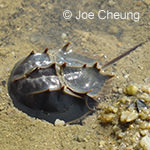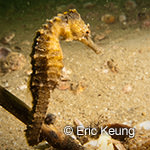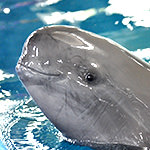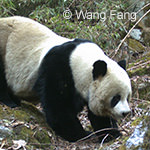

| Scientific Name: Sousa chinensis |
|
IUCN Conservation Status Eastern Taiwan Strait (ETS) subpopulation: |
| Estimated Wild Population: Fewer than 100 for ETS subpopulation. Around 2,500 individuals in the Pearl River Estuary, including Hong Kong |
| Life Span: 40 years old at maximum |
| Distribution: Shallow and coastal waters in the Indo-Pacific region |
The Chinese white dolphin, also known as the Indo Pacific Humpback Dolphin, has a distinct, long, thin beak. The dolphin has an enlarged dorsal hump at mid-back on which a small, falcate dorsal fin sits hence the common name. The colour of Chinese white dolphin has great variations depending on their geographical location. In Chinese waters, their colour changes with age: newborns are dark grey, and their color changes to white or pink as they grow up. Some adults may retain grey spots.
Chinese white dolphins can be found in western water of Hong Kong and the adjacent Pearl River Estuary. The Chinese white dolphin's diet consists of small fish. Sometimes, we can see them feed behind fishing boats. Many types of surface activities have been observed, including leaping and spy-hoping. Their dive durations are short and do not last more than 4 to 5 minutes in general.

Like other dolphins, Chinese white dolphins are the top predators in the food chain. They play a critical role in maintaining the balance of marine ecology by controlling the number of other marine lives such as fish and squids. The conservation status of Chinese white dolphins and finless porpoises is a great indicator to assess the general health of Hong Kong's marine ecology, as both species reside in Hong Kong waters, in the heart of Hong Kong's intensive urban development. Their population, distributions, behaviours and survivorship provide valuable insights into the impacts of human activities on marine life, and the threats brought about by marine pollution and fishery equipment.
| Estimated Wild Population: Fewer than 100 for ETS subpopulation. Around 2,500 individuals in the Pearl River Estuary, including Hong Kong. |
IUCN Conservation Status: EX
EW
CR
EN
VU
NT
LC
DD
Vulnerable
Eastern Taiwan Strait subpopulation CITES: Appendix I |
 |
 |
 |
|---|---|---|
|
Fishing net entanglement
Chinese white dolphins can be entangled and killed by fishing nets or gears abandoned in the sea. We also found fishing hooks in their stomach, which demonstrated the adverse impacts of abandoning fishing gears in the sea on dolphins' well-being. |
Habitat loss and disturbance
The habitats of Chinese white dolphin is diminishing due to human activities and coastal development. |
Marine traffic and pollution
Heavy marine traffic would affect the well-being of Chinese white dolphins. We have found traumatized dolphins suspected to be injured by propellers. Marine pollution is also harmful to them. |
In 1995, Ocean Park Conservation Foundation was registered as an independent charitable trust and commenced research on long-term conservation of Chinese white dolphins. In 2005, OPCF merged with Hong Kong Society of Panda Conservation to form today's Ocean Park Conservation Foundation, Hong Kong. The Chinese white dolphin has been our focal species for all these years. We have funded dozens of Chinese white dolphin conservation projects over the years.

About
Since 2006, Ocean Park Conservation Foundation, Hong Kong (OPCFHK) has been collaborating with Agriculture, Fisheries and Conservation Department (AFCD) to investigate cetacean stranding cases in Hong Kong, while most cases involve finless porpoises and Chinese white dolphins.
Objectives
Samples collected from the stranded cetaceans provide us with important information about local cetacean, including age, sex, causes of death and accumulated organic pollutants, which enabled conservationists to better conserve the animals and their habitats.
 |
|
|---|---|
|
Report stranding cases
|
Funding Research and Conservation Project |
|
Be a responsible dolphin watcher |
Cherish our ocean |
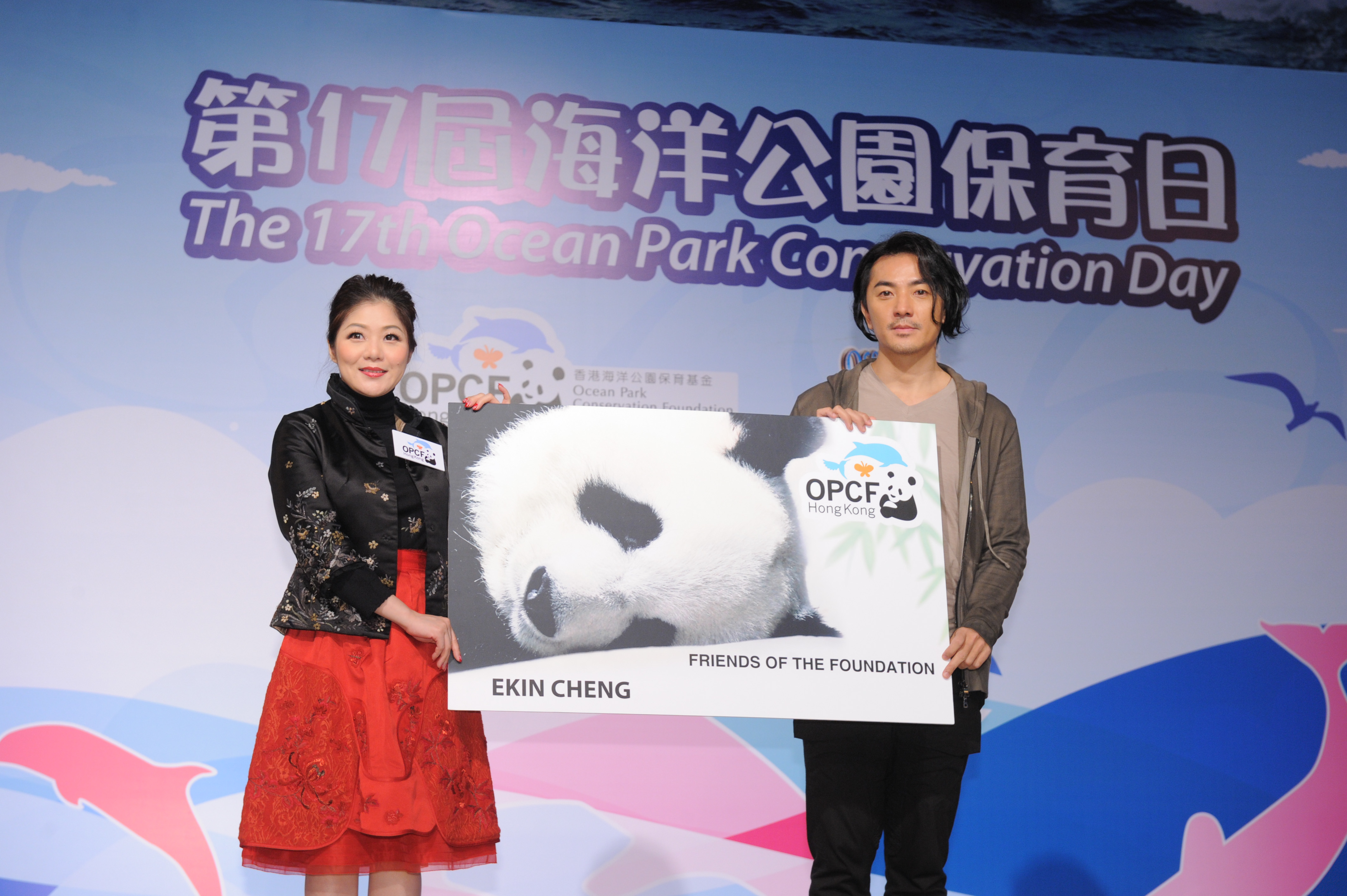 |
|
| Join Friends of the Foundation Other than establishing the Cetacean Stranding Response Team, we strive to promote Asian cetacean conservation through scientific research, community education, as well as symposium and workshops. As a charitable trust, the Foundation needs your support. Ekin Cheng has joined the Friends of the Foundation, and so can you! Please support our conservation work by making a monthly or one-off donation. Join now! |
.jpg)
